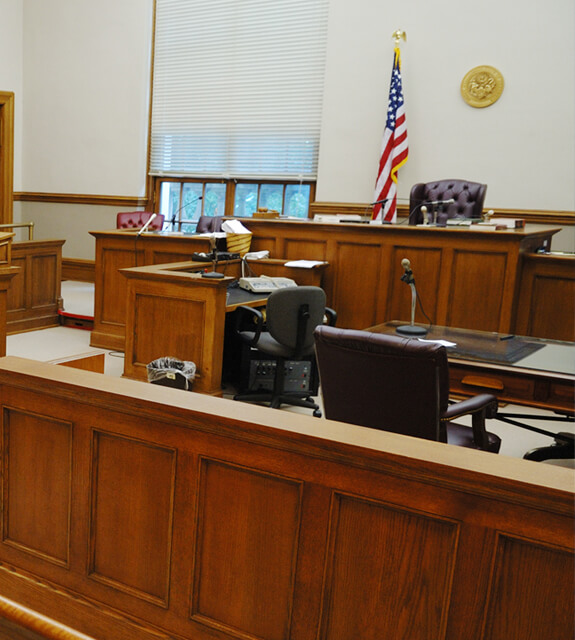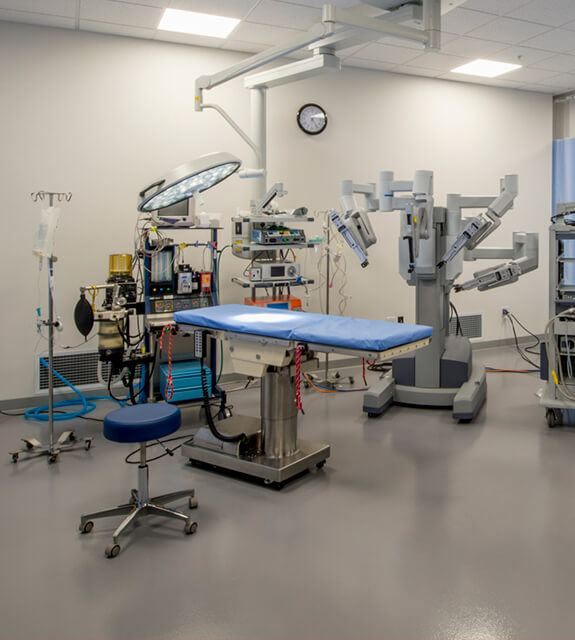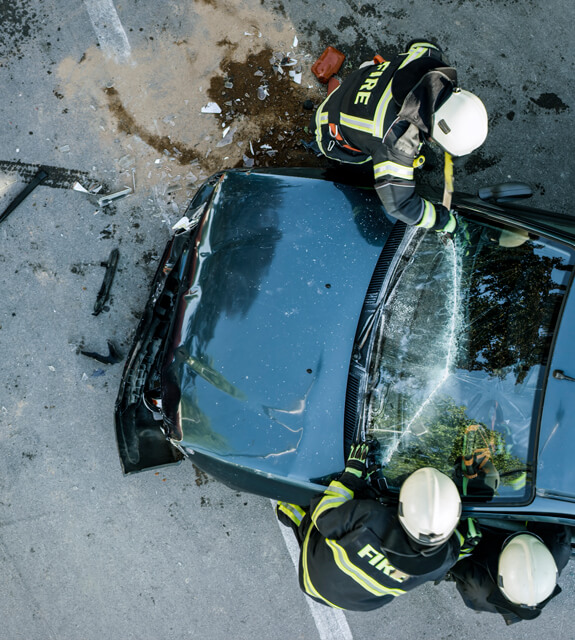While it is possible to resolve injury claims through negotiations with insurance companies, we know that insurers seek to settle claims for as little money as possible. Because insurance companies have powerful teams of attorneys and claims adjusters at their disposal, injury victims are at a significant disadvantage. Our personal injury lawyers have the strength and command to level the playing field by trying cases.
From our offices in Santa Fe, Hunt Law represents injury victims in Albuquerque, Rio Rancho, Raton, Roswell, Los Alamos, Las Vegas, and throughout the state of New Mexico.


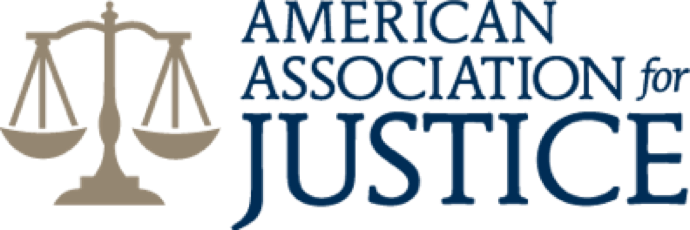

Hunt Law’s Personal Injury Practice Areas
Over our many years of practice, we have recovered millions of dollars in damages on behalf of our clients in injury claims arising from:
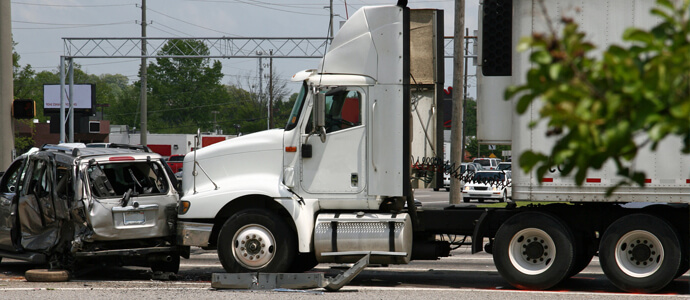
Medical Malpractice
Patients who place their trust in medical professionals have a right to expect quality care; however, a doctor, hospital or other healthcare provider who deviates from the acceptable standard of care can be held liable for medical malpractice.

Medical malpractice lawsuits can be filed for a number of reasons, including:
- Diagnostic errors
- Surgical mistakes
- Anesthesia errors
- Post-surgical infections
- Emergency room errors
- Prescriptions errors
- Defective medical devices
- Birth injuries
- Nursing home abuse/neglect
As an example, diagnostic errors frequently occur in cancer cases. This is due in part to the fact that there are different types of cancer that respond to different treatments. When cancer is misdiagnosed, the disease could easily metastasize to other body organs, bone and the brain, often with fatal consequences.
Similarly, anesthesia errors can result in a patient being given too much, or not enough, anesthesia. An anesthesia overdose could result in a traumatic brain injury, coma and wrongful death, while insufficient anesthesia could cause a patient to wake up during a surgical procedure and experience significant pain and suffering.
Regardless of the medical mistake, the attorneys at Hunt Law Firm are dedicated to helping victims obtain the maximum compensation they deserve. Although many medical malpractice claims are settled outside of court, we believe that medical professionals must be held accountable in court.


Our legal team has a proven history of achieving successful outcomes in medical malpractice lawsuits, having recovered millions of dollars in damages for our clients. If you or a loved one has suffered serious harm as a result of a medical professional’s negligence, our trial attorneys can win you significant compensation.
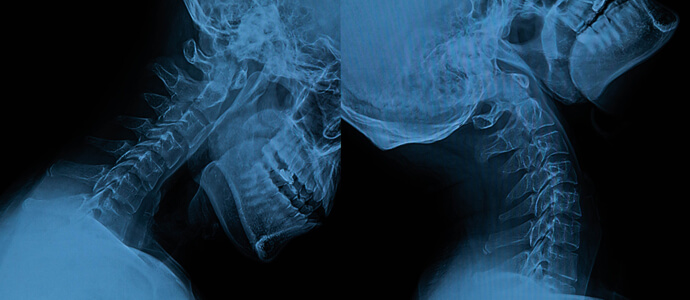
Catastrophic Injuries
A catastrophic injury can be life-altering as victims experience severe pain and suffering and typically require ongoing, extensive medical care. Common types of catastrophic injuries include:
- Traumatic brain injuries
- Spinal cord injuries
- Burn injuries
- Organ damage and loss
- Crushed bones
- Paralysis (paraplegia/quadriplegia)
- Severed limbs/amputation
- Vision/hearing loss
Catastrophic injuries are often caused by construction accidents, defective products, medical malpractice, motor vehicle accidents, motorcycle accidents, pedestrian accidents, and truck accidents. Regardless of the cause, a catastrophic injury can be a physical, emotional and financial burden that impacts an entire family.
At Hunt Law, we can help to lift that burden by fighting for your rights in court. We believe that the best way to help victims of catastrophic injuries and their loved ones obtain meaningful compensation is through a personal injury lawsuit. Our legal team knows how to present evidence effectively and make convincing arguments at trial, skills that allow our clients to obtain the compensation they need and deserve.

Wrongful Death
Losing a loved one is a terrible experience that can be even more painful when the death was caused by another party’s negligence. If you have lost someone due to negligence, we can help you recover damages through a wrongful death lawsuit. Certainly, no amount of money can ever replace a life, but we are committed to helping you find justice and a measure of peace.


